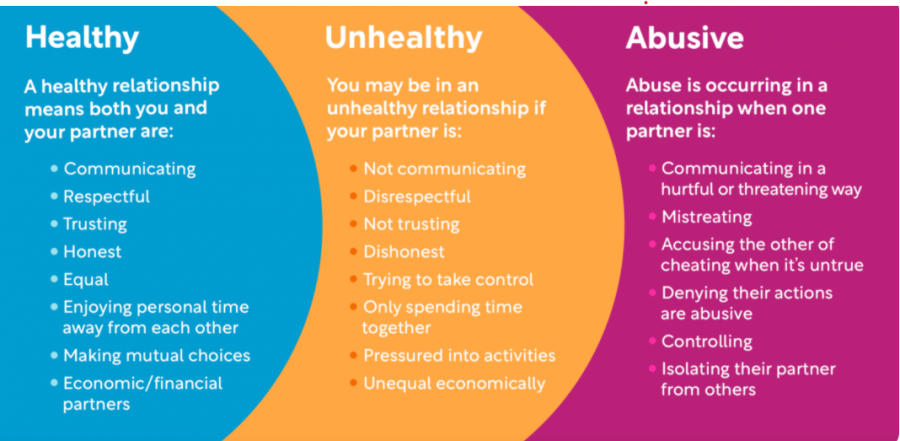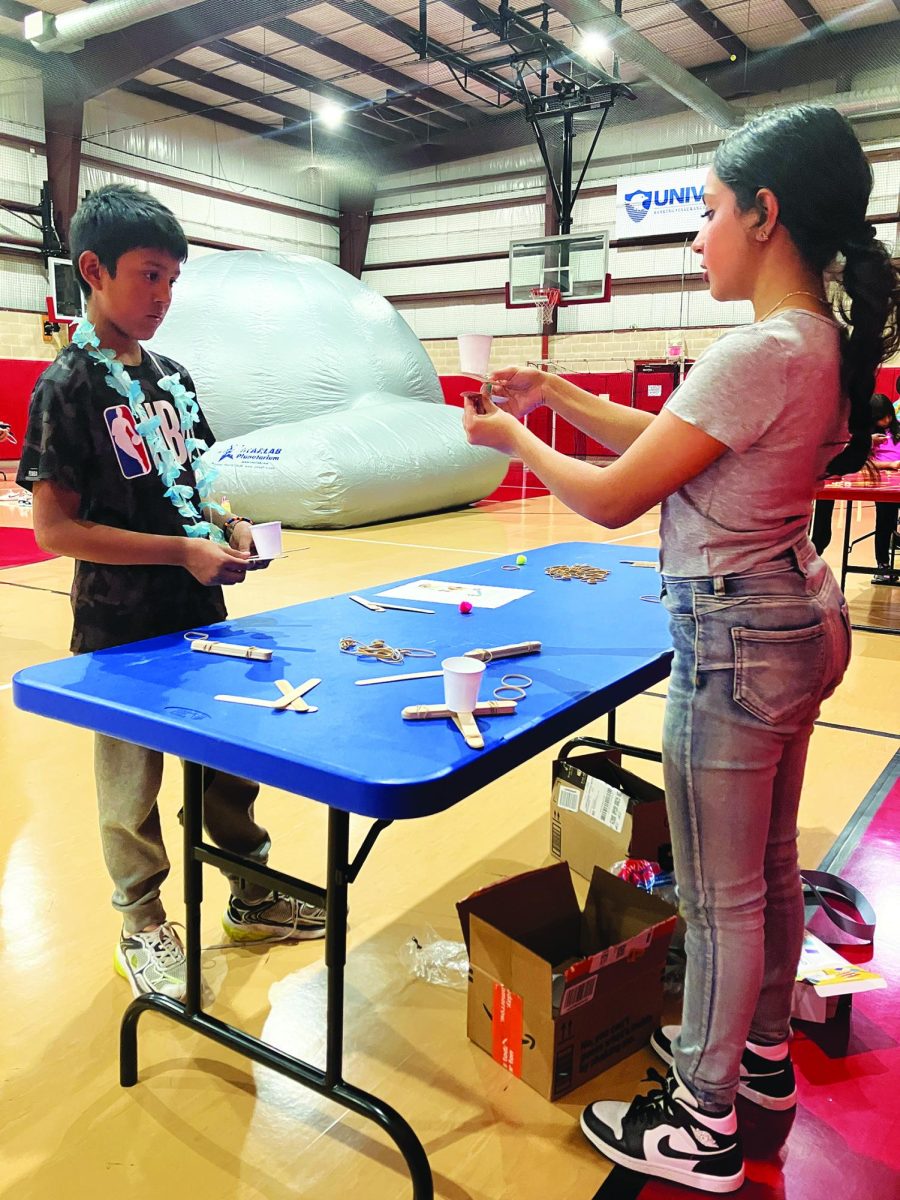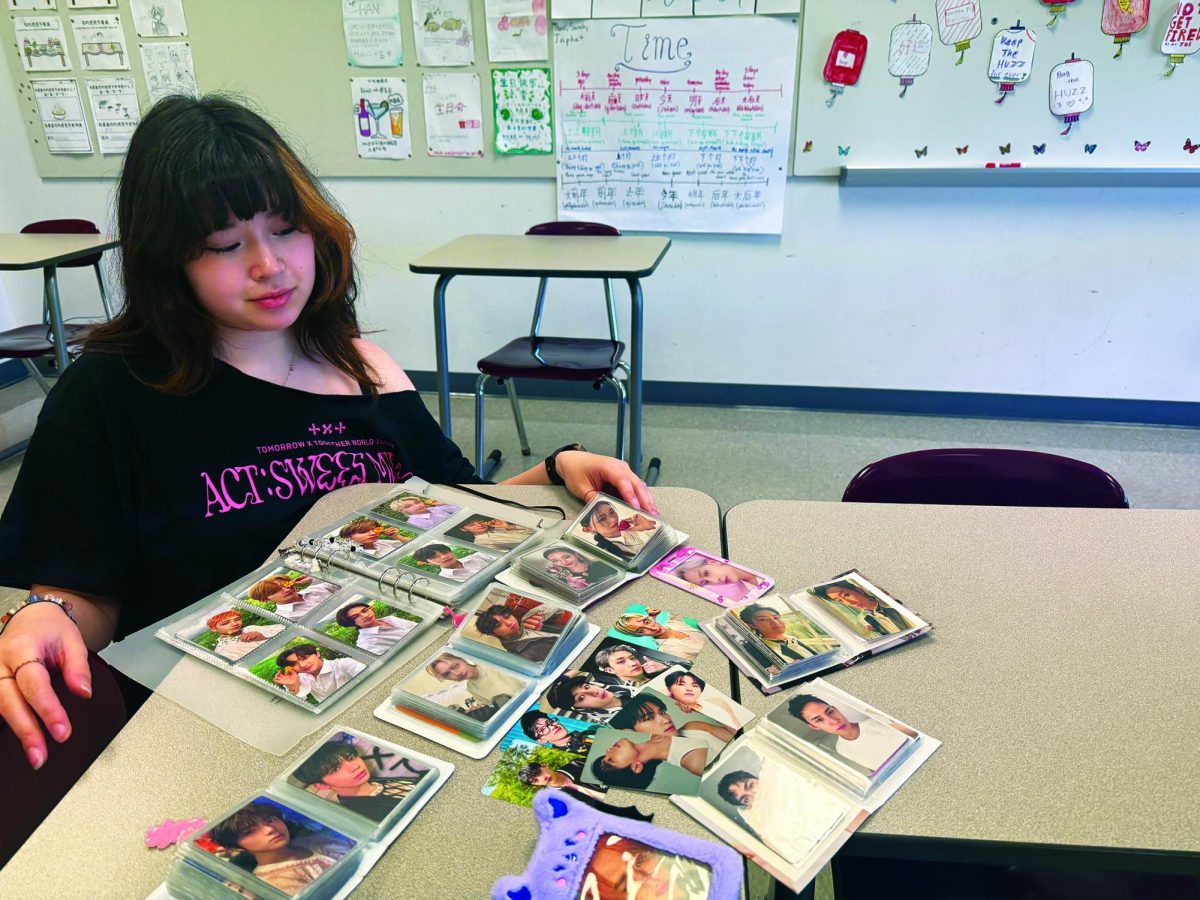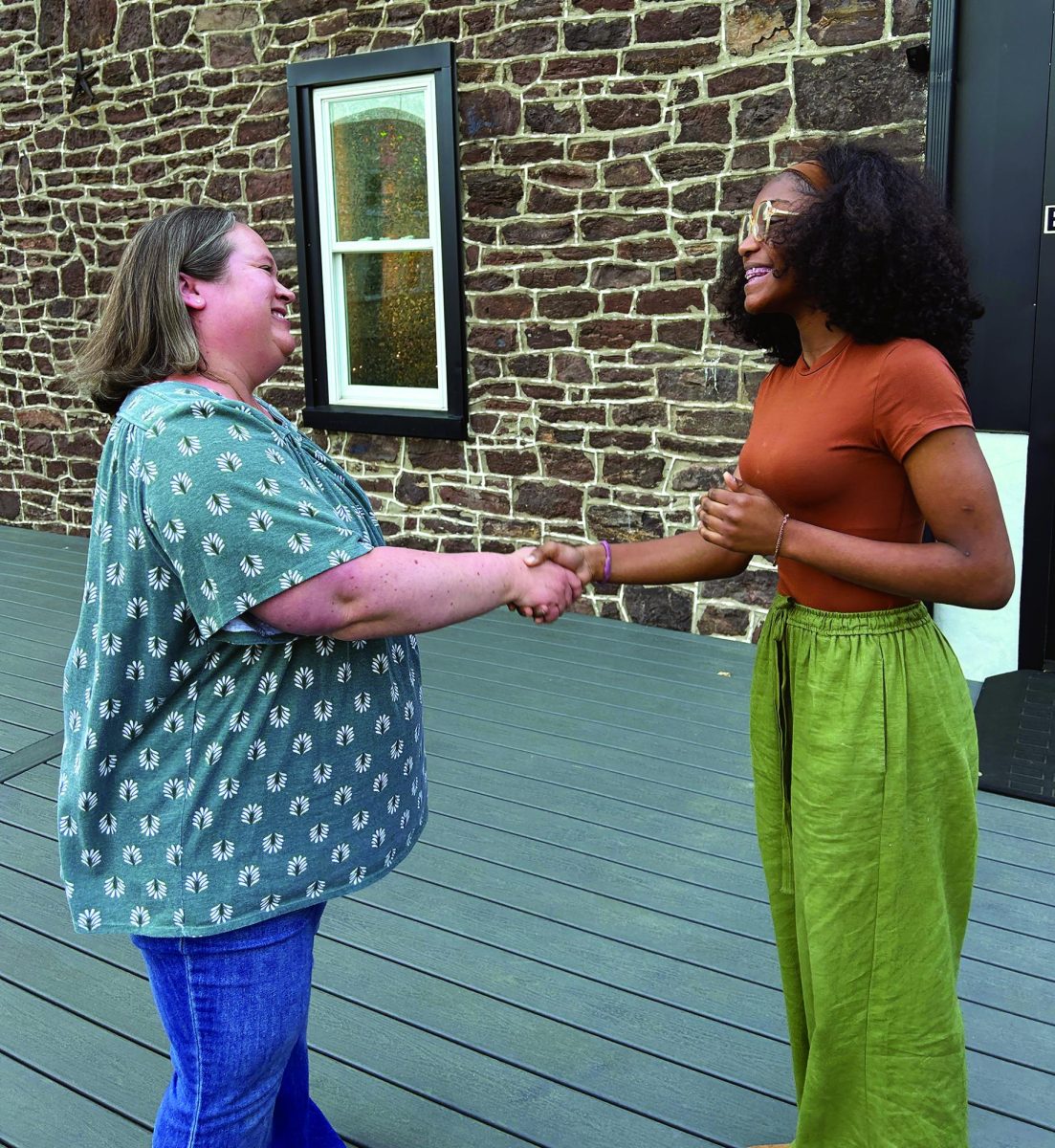Educating teenagers about healthy relationship qualities and how to identify toxic behaviors could possibly prevent abusive relationships that involve high school students.
The month of February is regarded as Teen Dating Violence Awareness Month. According to the National Center for Injury Prevention and Control, nearly one in 11 female and approximately one in 15 male high school students report having experienced physical dating violence in the last year.
However, toxic relationships are not solely based on physical violence and can take different forms. This includes emotional and verbal manipulation.
This might include gaslighting, which according to Oxford Languages Dictionary is to “manipulate (someone) by psychological means into questioning their own sanity.”
People of any age, sexuality, race or gender can be involved in a toxic relationship. According to Love is Respect, a domestic abuse hotline and education resource, relationships can look very different for everyone, but healthy relationships have a few similarities: open communication, mutual respect and healthy boundaries.
Unhealthy relationships rest on a factor of power and control. “Possessiveness, insults, jealous accusations, yelling, humiliation, pulling hair, pushing or other negative, abusive behaviors, are—at their root—exertions of power and control,” Love is Respect’s website states.
Healthy relationships should be built on equality and mutual respect. Things commonly viewed as normal behaviors, such as name calling or teasing, can easily grow into something much more.
Leaving any relationship can be difficult. According to Love is Respect, there are many reasons why someone may choose to remain in an unhealthy relationship.
Fear, shame, normalized behaviors, low self-esteem, intimidation and lack of resources are just some examples of why someone will remain in these relationships.
Another large aspect of why people remain in that environment includes the feeling of love and care towards their partner.
“Understanding that those toxic things are not love and coming to terms with that is really hard,” Laurel House Community Education Coordinator Lydia Lynes said.
A major reason why victims can’t leave an abusive relationship has a direct linkage to finances. According to the Pennsylvania Coalition Against Domestic Violence (PCADV), 98% of abusive relationships include a form of financial manipulation.
“Financial abuse creates intentioned dependence on an abuser and serves to entrap a victim in the relationship,” PCADV wrote in an article discussing types of abuse.
The emergence of the internet and social media has greatly changed how toxic relationships prosper and have become normalized, being “put on a pedestal” as Lynes said.
“We see a lot of ways of communication in relationships heightened in negative ways,” Lynes said.
Heightened jealousy is just one example of how social media and mobile devices have changed relationships
According to Lynes, this may take form in the toxic partner constantly calling your cell phone, controlling your interactions with others or tracking personal information from your phone.
The effects of a harmful relationship don’t just end when it is broken. Some lasting effects outlined by the National Center for Injury Prevention and Control, Division of Violence Prevention include symptoms of depression and/or anxiety, engaging in unhealthy behaviors such as consumption of drugs and alcohol, exhibiting antisocial tendencies and suicidal thoughts.
According to Lynes, “seeing that those healthy qualities are missing in that person’s relationship” is an important aspect of being able to recognize a toxic relationship. “I think that that is a really important way to know that our friend may be struggling,” Lynes said.
There are various local and online resources that can help guide and support an individual involved in a toxic relationship. Many online resources have a hotline where an individual can speak with a professional and receive guidance in their situation.
Toxic relationship awareness allows students to recognize harmful behaviors
Preventing high school students from becoming involved in toxic relationships involves outreach and education about what makes a relationship healthy and unhealthy. Various resources are available to further enlighten students and educators.
Photo reprinted with permission by Love is Respect
Displaying relationship traits…Presenting features of healthy, unhealthy and abusive relationships, the relationship spectrum is one resource people can use to identify where their relationship might fall. Many online resources exist to further help individuals who might be involved in a toxic relationship.
2
More to Discover
About the Contributor

Madison Stine, Managing Editor






